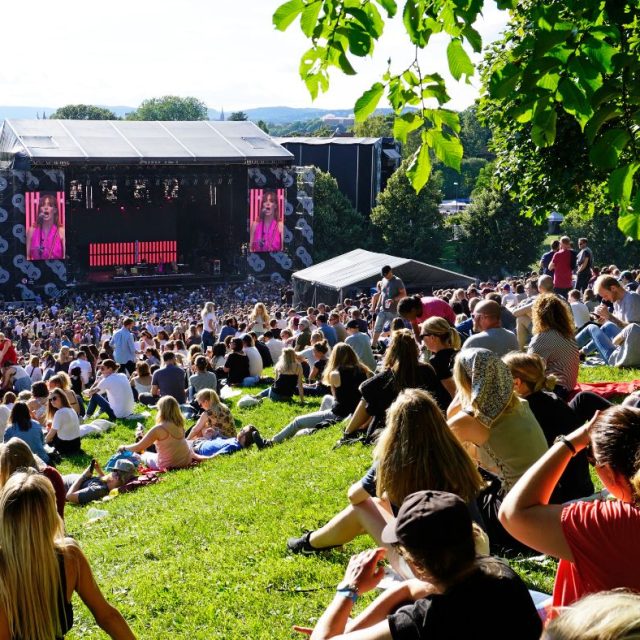Oslo’s Climate-Friendly Culture: A Shift Towards Sustainability
With a history dating back to around 1000 AD, Oslo is the historic capital of Norway and serves as its political and economic centre

Cultural Heritage
Oslo is strongly influenced by its natural surroundings; 68% of the municipal area consists of publicly accessible green spaces, including the Marka forest that extends both within and beyond the city limits. A well-developed public transportation system, along with innovative urban architecture that harmonises with the environment, has created a city where tourism, sustainability, and modern business coexist successfully. Oslo is experiencing growth, with over 680,000 residents in the municipality of Oslo and approximately one million people in the broader urban area.
Embracing Change
The City of Oslo’s cultural policy aims to foster inclusivity and community cohesion while nurturing a diverse cultural scene. Several significant cultural institutions have recently opened in the city’s harbour area to exemplify this commitment. The Deichman Library, inaugurated in June 2020, reimagines the concept of a library by offering visitors opportunities to watch films, create podcasts, learn to play the piano, sew garments, use 3D printers, and, of course, read books. In October 2021, the Munch Museum, a 12-story building housing the world’s largest collection of Edvard Munch’s work, opened its doors. Most recently, in June 2022, the National Museum was unveiled on the Aker Brygge harbour front. These significant downtown projects are complemented by plans for new district libraries and “culture stations” designed to provide knowledge, skills, and culture to children and young people at a local level.
Oslo serves as the nucleus of the country’s creative sector, hosting the largest portion of its creative economy. This was safeguarded for an extended period by Norway’s low unemployment rate and robust social safety net, both of which created favourable conditions for creativity. However, the pandemic had a more pronounced impact on larger cities in terms of layoffs and business closures than in other parts of the country. Audience attendance at cultural events has also remained well below pre-pandemic levels, with niche venues particularly affected. These challenges have been compounded by broader societal factors, including increasing economic inequality and population growth.

The Role of the Policymaker
The city has taken measures to address these challenges, such as utilising municipal buildings, particularly schools and libraries, to provide spaces for cultural activities outside regular hours. Additionally, the city offers a limited number of studios and production spaces to professional artists at rates below market prices, and a City Art Fund is used to purchase and commission art for public spaces and buildings. The city is also reevaluating its grant allocation processes, drawing on lessons learned during the pandemic to create funding approaches that involve deeper collaboration with the cultural sector.
Developing the cultural skills and opportunities for children and young people is a central focus for the city. The municipal Oslo School of Art (Kulturskolen) offers subsidised courses and training across a wide range of arts, crafts, music, theatre, and dance, all of which are in high demand. Several cultural institutions are also engaged in projects aimed at reaching youth and other demographics that infrequently participate in cultural activities, encouraging them to express themselves and explore potential careers in the creative sector. The Keys to the City project is one notable example of such initiatives.
The Future
The intersection between the city and the natural environment has always been a focal point for cultural and other projects, but it has taken on new urgency and comprehensiveness due to the climate emergency. Since 2016, the Car Free Liveability Programme has progressively restricted traffic from an expanding network of streets in Oslo’s historic city centre. The city is committed to rethinking everything, from building practices to tourism and festivals, to create a more sustainable future.
With an eye toward the future, the City of Oslo is determined to cultivate the creativity of its younger citizens, make significant strides in environmental action, and break down demographic and socio-economic barriers to arts participation, all in pursuit of a society where all citizens can reap the benefits of a vibrant cultural heritage.
© Images Courtesy of Getty Images/Canva; City of Oslo




